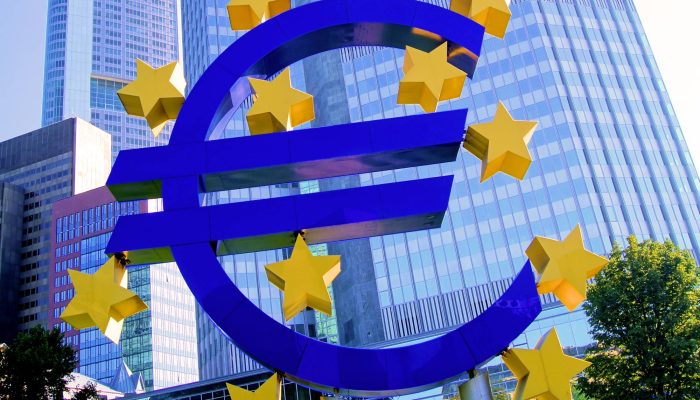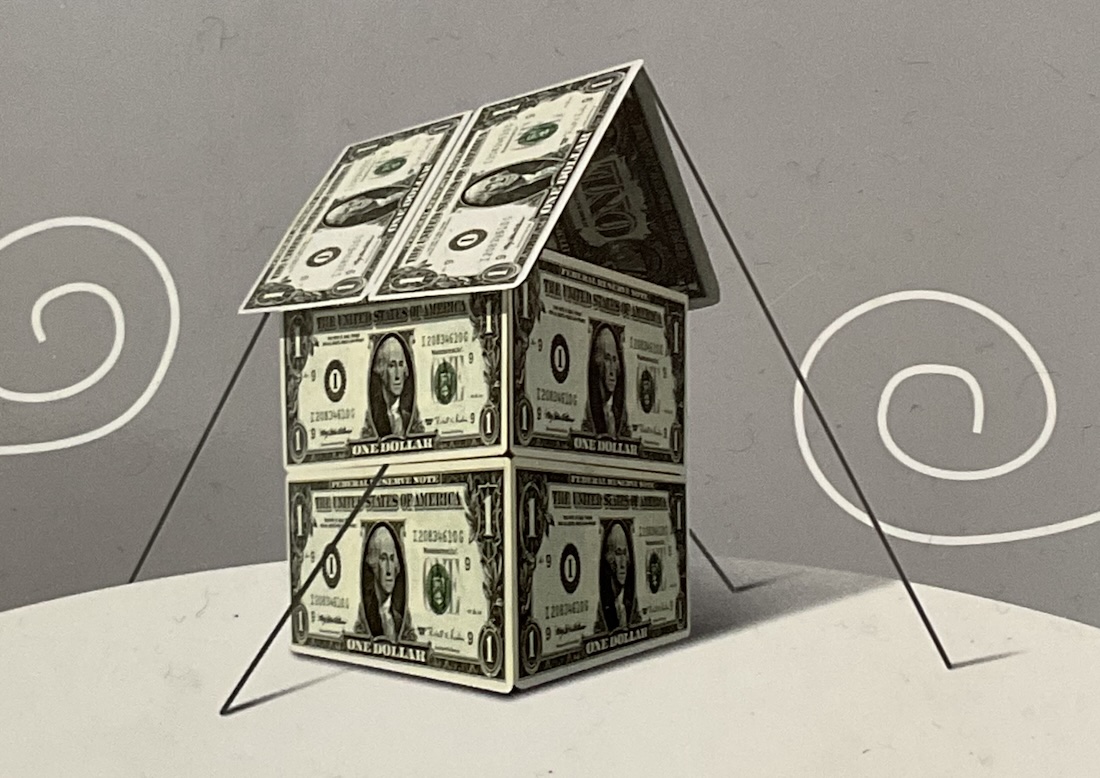QE In Europe Is Ending – Beware

Posted June 28, 2018
The ECB has announced that it plans to reduce its Quantitative Easing program from €30 billion per month now to €15 billion per month in October; and then to end QE altogether in December. That is important because the ECB’s aggressive asset purchase program (which peaked at €80 billion per month) has pushed down interest rates in Europe and low interest rates in Europe have helped to hold down interest rates in the United States and elsewhere around the world. When QE in Europe ends, interest rates are likely to rise everywhere. If they do, asset prices should move lower and economic growth should slow.
Over the last decade, Europe has overcome a systemic financial sector crisis, a sovereign debt crisis and an economic crisis largely thanks to the European Central Bank’s extraordinarily aggressive monetary policy.
The new Macro Watch video details how the Eurosystem carried out that policy by creating trillions of Euros and using that new money to make loans to banks and to buy government and corporate debt. Charts highlighting changes in the Eurosystem’s assets and liabilities show exactly how the policy has been carried out.
The video also describes the results. ECB policy:
- Has pushed down interest rates on government bonds,
- Lowered the interest expense that European governments and corporations have to pay on their debt,
- Pushed up Net Worth,
- Helped prevent deflation,
- Supported economic growth,
- Underpinned faith in the Euro, and
- Effectively cancelled approximately 20% of all the government debt of the Euro Area countries.
- It has also demonstrated that Inflation is NOT always and everywhere a Monetary Phenomenon, since the Monetary Base of the Euro Area has tripled, while the inflation rate has still not reached 2%.
It is uncertain how soon or how hard the end of QE in Europe will impact the global economy and the financial markets. But there is certainly cause for concern. Global liquidity is drying up. The Fed is now literally destroying Dollars through Quantitative Tightening. It will destroy $40 billion per month during the third quarter and then $50 billion per month beginning in October. The Bank Of Japan is still creating money aggressively. However, by year end, when QE ends in Europe, the Fed will be destroying more money than the BOJ is creating each month.
The global economy and the financial markets have grown accustomed to ample Liquidity and very low interest rates. Now that Liquidity is drying up, serious problems in the credit market are bound to arise. Caution is warranted all around.
Macro Watch subscribers can log in and watch this video now. It is 25 minutes long and contains 46 downloadable charts.
If you have not yet subscribed to Macro Watch and would like to, click on the following link:
SUBSCRIBE TO MACRO WATCH
For a 50% subscription discount hit the “Sign Up Now” tab and, when prompted, use the coupon code: ecb
You will find 44 hours of Macro Watch videos available to watch immediately. A new video will be added approximately every two weeks.
Please share this blog with your colleagues and friends.


No comments have been made yet.